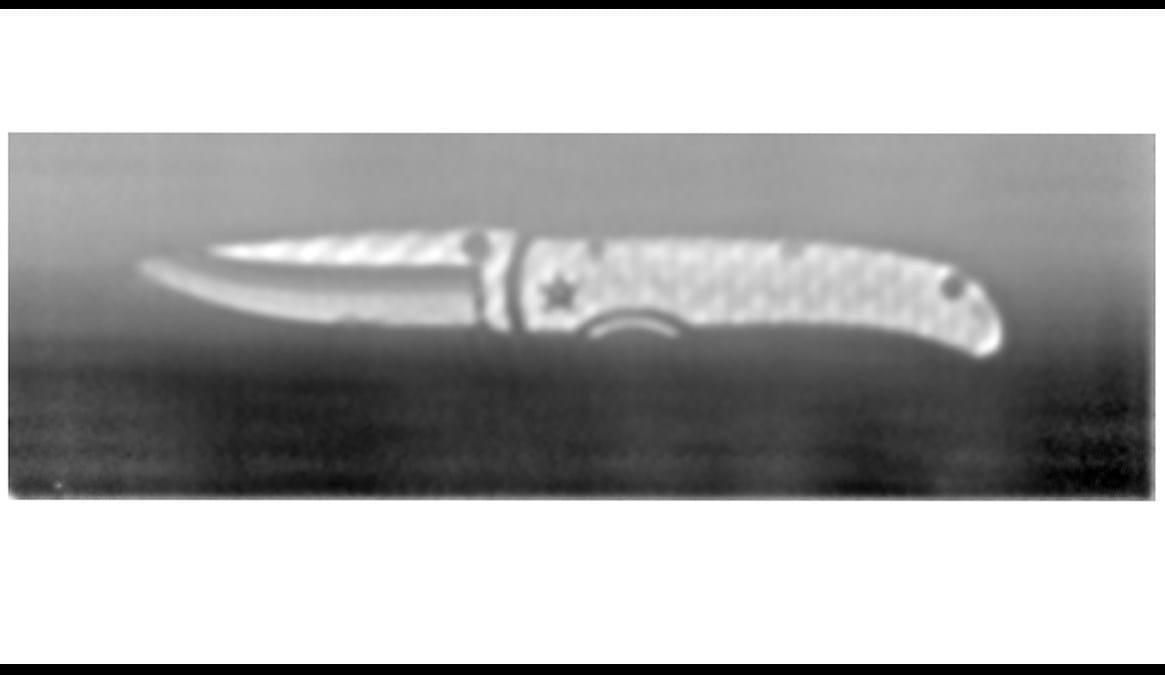Since the number of terrorist threats—and commercial and government sites (malls, hospitals, stadiums, concert venues, prisons, government buildings, airports, etc.)—is constantly on the rise, especially in developing countries, the number of potential targets is also growing. That’s why it is so crucial for governments and others responsible for these sites to ensure the safety and security of the people who use them.
Investments in securing public spaces currently total about US$6.2 billion annually and are expected to grow an average of 12.8% a year until 2025, when they will reach US$16.1 billion a year. These funds are used to purchase metal detectors, cameras, access control systems, and fire alarm systems. Is all this money being spent wisely and is it actually going toward effective security devices?
In many cases, the technology used to protect people is outdated and/or ineffective. Security checks are also often long and cumbersome for users, with line-ups getting longer and people forced to empty their pockets and submit to body searches, etc. This leads to frustration for users and may contribute to lower attendance at some facilities.
At entertainment venues such as stadiums, the biggest threats are explosive devices, contaminated food or drink, violence, theft, and vandalism. The metal detectors used at stadium entrances can’t detect low-metal explosive devices or metal-free weapons (e.g., ceramic knives). Body searches can be used to detect objects of this nature, but given the volume of people being screened, searches are only conducted if an alarm is triggered or if suspicious activity is noticed. The nature of security checks and the relative ineffectiveness of metal detectors in detecting certain types of dangerous objects leave the door open for potential threats. It also raises questions as to whether the actual impetus for this type of process is security or rather just the appearance of it. It is vital for venue managers to ensure that users feel safe and secure. If they don’t, they risk seeing attendance drop, which would impact profitability. It is important not only to provide a sense of security, but also to make sure the premises truly are secure.
Airports, which account for 18% of the full-body scanner market, also use metal detectors. Not only are these detectors unable to detect all dangerous objects, they also waste time. Travelers must remove all objects containing metal or likely to set off the alarm (belts, shoes, cellphones, wallets, etc.), walk through the detector, and then, provided the alarm does not sound, recover their personal effects and continue on their way. If an alarm is triggered, travelers are asked to check one more time to make sure they have completely emptied their pockets before proceeding to a body search if doubts still remain. This slows down security screenings considerably. In the United States—where ports of entry are operating at near capacity, labor is in short supply, and the number of travelers is continuously growing—bottlenecks not only cause headaches for users, but also lead to major security risks.
Terahertz imaging technology could increase the speed and reliability of security screening. This technology is already available, but not widely used. For example, only five airports in the United States have millimeter wave scanners. Currently, the limited performance of this technology makes it hard to justify the investment required. Moreover, these scanners require people to stand still for a few seconds, a requirement incompatible with the ever-growing volume of passengers.
INO has developed a safe and discreet terahertz scanner prototype that provides a wide scan, doesn’t focus radiation directly on the person being scanned, and produces video that not only shows dangerous objects but also puts them into context. Since the device can be concealed and produces a real-time video image, it won’t slow the flow of people entering an establishment. Dangerous objects can quickly be detected so security officers can focus more on searching people who pose a real security risk. The video below demonstrates how the prototype works.
INO would like to work with a partner from the security sector to bring this technology to maturity. Our five-step method helps our partners develop marketable products that meet the increasingly stringent requirements of their respective sectors.
Feel free to contact me if you are interested in working with us to help improve security screening processes in public locations or if you want to work with us on other technologies to help make the world a safer place.




